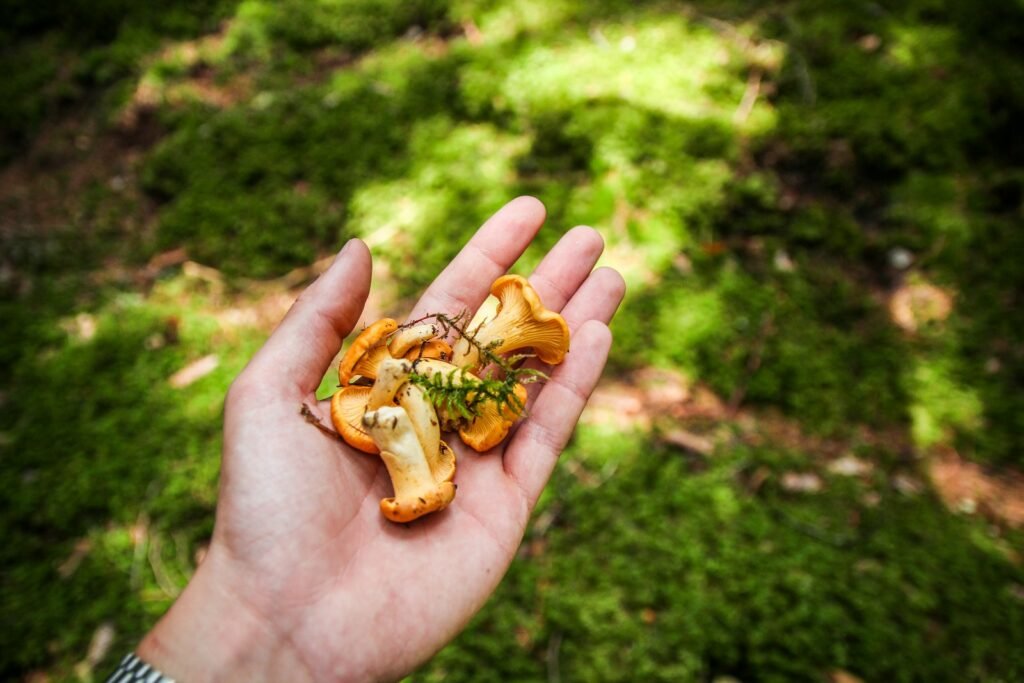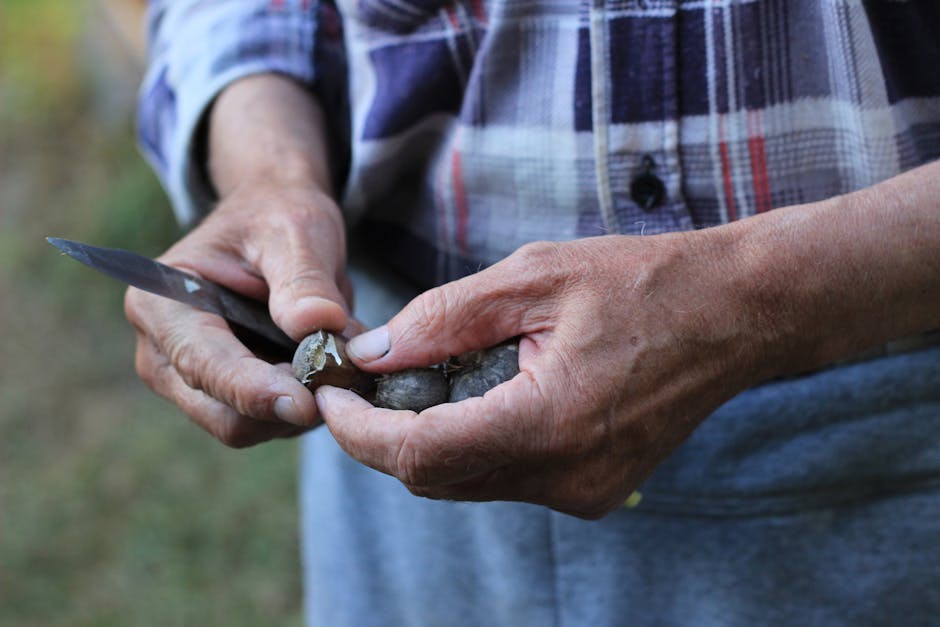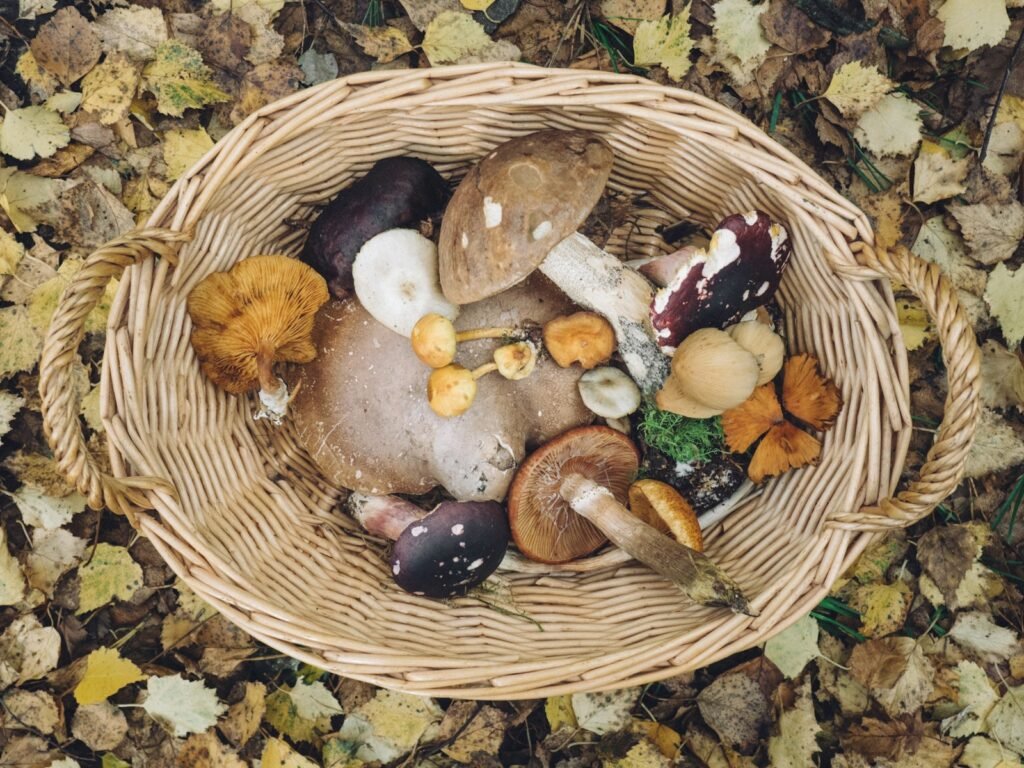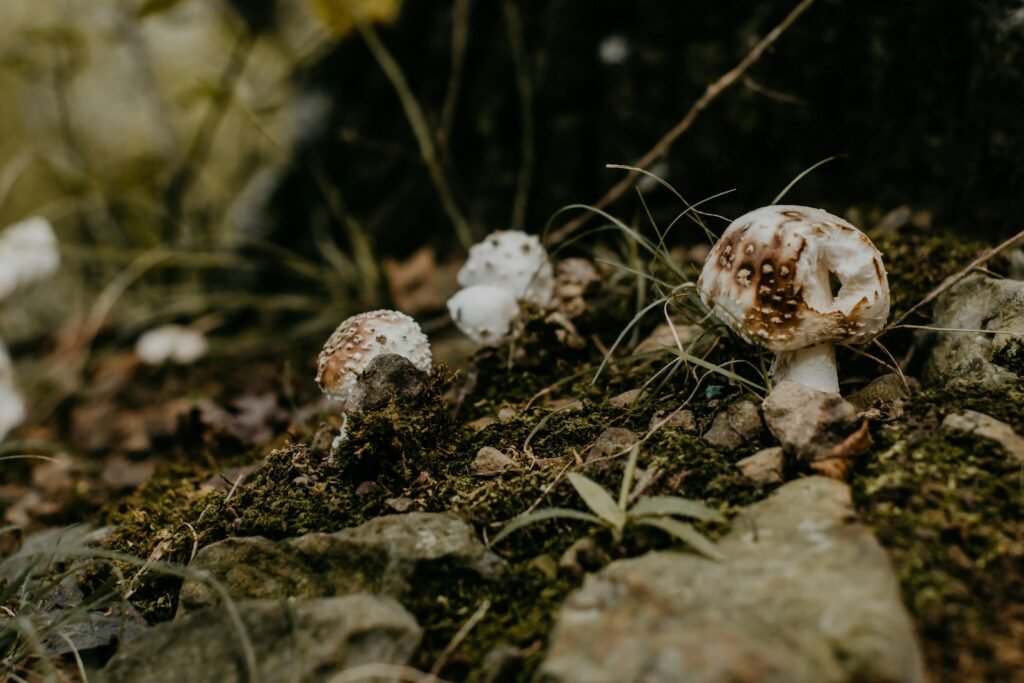Imagine yourself in a dense forest, the sun slowly setting behind towering trees. Your backpack is light, and your stomach growls as you realize you need to find food. Foraging, the ancient skill of gathering wild food, becomes your lifeline. With the right knowledge, nature’s bounty can provide sustenance, even in the most challenging circumstances. This article delves into five foraging hacks that can transform your survival experience, blending science with the art of living off the land.
Identifying Edible Plants: Nature’s Grocery Store

One of the first skills in foraging is learning to identify edible plants. The forest is like a grocery store, but without labels or aisles. Knowing what’s safe to eat is crucial. Take dandelions, for instance. Often seen as pesky weeds, they are entirely edible and packed with vitamins. Their leaves can be added to salads, while the roots make a nutritious tea. Similarly, nettles, with their sting, can be boiled to make a nutritious soup. Identifying these plants requires a keen eye and a basic understanding of botany. It’s essential to avoid plants with characteristics of toxic species, such as those with milky sap or umbrella-shaped flowers, which could be harmful. Remember, when in doubt, leave it out.
The Art of Mushroom Hunting: A Delicate Dance

Mushroom hunting is both an art and a science. While mushrooms can be a rich source of nutrients, they also pose risks due to their toxic look-alikes. For example, the morel mushroom is a prized edible find, but its false counterpart can cause illness. Distinguishing between the two requires close attention to detail, such as the texture and color of the cap and stem. It’s like solving a puzzle, where each piece of information leads you to the right conclusion. Always carry a field guide to cross-reference what you find. Moreover, remember that some mushrooms, like the chanterelles, have a fruity aroma, which can be an additional clue. This delicate dance of mushroom hunting requires patience and respect for nature’s complexity.
Foraging for Fruits: Sweet and Safe Treats

Fruits are nature’s candy, and many wild varieties are safe to consume. Berries such as blackberries, blueberries, and raspberries are often found in the wild, offering a sweet treat packed with antioxidants. However, not all berries are safe. The berry rule of thumb is to avoid white and yellow berries, as they are often toxic. Instead, focus on the familiar colors like blue, black, and red, but always verify their identity. Learning which fruits are in season and where they grow increases your chances of a successful forage. It’s like having a seasonal map in your mind, guiding you through the forest’s offerings.
Roots and Tubers: Digging for Nutrients

When above-ground edibles are scarce, roots and tubers can be a reliable source of nutrition. Plants like wild onions, garlic, and cattails have edible roots that can sustain you. These underground treasures often require some digging, but the effort is worth the reward. For example, cattail roots can be roasted or boiled to provide a starchy meal, much like potatoes. It’s important to know the difference between edible and inedible roots, as some can be toxic. The key is to carefully study the plant’s leaves and flowers before harvesting its roots. This hack involves a bit of archaeology, as you unearth the hidden gems beneath the soil.
Animal Signs: Clues to Find More Food

Animals can be your guides in the wilderness. Observing their behavior and movement can lead you to food sources. For instance, birds often flock to berry bushes, while deer trails may lead to water sources or areas rich with edible plants. Following these clues is like nature’s breadcrumb trail, guiding you to sustenance. Pay attention to tracks, droppings, and feeding sites, as they provide valuable information about the ecosystem around you. This hack requires patience and a keen sense of observation, as you learn to decode the signs left by wildlife.
Harvesting Techniques: Sustainable Foraging

Sustainability is key when foraging. It’s important to harvest in a way that does not deplete resources. This means taking only what you need and leaving enough for the plant to regenerate. For example, when picking berries, leave some on the bush for wildlife and future growth. Similarly, with mushrooms, cut them at the base rather than pulling them out, preserving the mycelium for future harvests. Sustainable foraging ensures that nature’s pantry remains stocked for years to come. It’s a practice of balance, respecting the environment while meeting your needs.
Tools of the Trade: Essential Foraging Gear

Having the right tools can make foraging more efficient and enjoyable. A good knife, a basket or cloth bag, and a field guide are essential. The knife helps with harvesting and preparing plants, while the basket allows you to carry your finds without damaging them. The field guide assists in identifying unfamiliar species, acting as your foraging mentor. Having these tools is like having a trusted companion on your journey, each playing a crucial role in your survival. Additionally, a magnifying glass can be handy for closely examining plant features, ensuring accurate identification.
Seasonal Awareness: Timing is Everything

Understanding the seasons is crucial for successful foraging. Different plants and mushrooms have specific growing seasons, and knowing when they are in abundance can increase your chances of finding them. Spring is a time for new growth, with plenty of fresh greens and blossoms, while fall is ideal for mushrooms and nuts. This knowledge is like having a calendar of nature, guiding you to the right places at the right times. Being attuned to the seasons enhances your connection to the environment and helps you make the most of nature’s offerings.
Safety Precautions: Foraging with Care

Safety should always be a priority when foraging. This means being aware of your surroundings, avoiding areas that may be contaminated, and always washing your finds before consumption. Some plants may have harmful substances on their surfaces, and thorough cleaning can reduce the risk of illness. Additionally, it’s important to inform someone of your whereabouts when venturing into the wild, as unexpected situations can arise. Carrying a first aid kit and knowing basic survival skills can also help you stay safe. This hack is about being prepared, ensuring that your foraging experience is not only fruitful but also safe.
Embracing the Forager’s Mindset: Adaptability and Respect

Ultimately, successful foraging depends on adopting the right mindset. This involves being adaptable, observant, and respectful of nature. It’s about seeing the forest not just as a backdrop but as a living entity that provides for those who understand it. Embrace curiosity and a willingness to learn, as each foraging trip offers new lessons and insights. This mindset transforms foraging from a mere survival tactic into a rewarding journey of discovery. It’s a dance with nature, where every step is guided by respect and gratitude for the land that sustains us.




